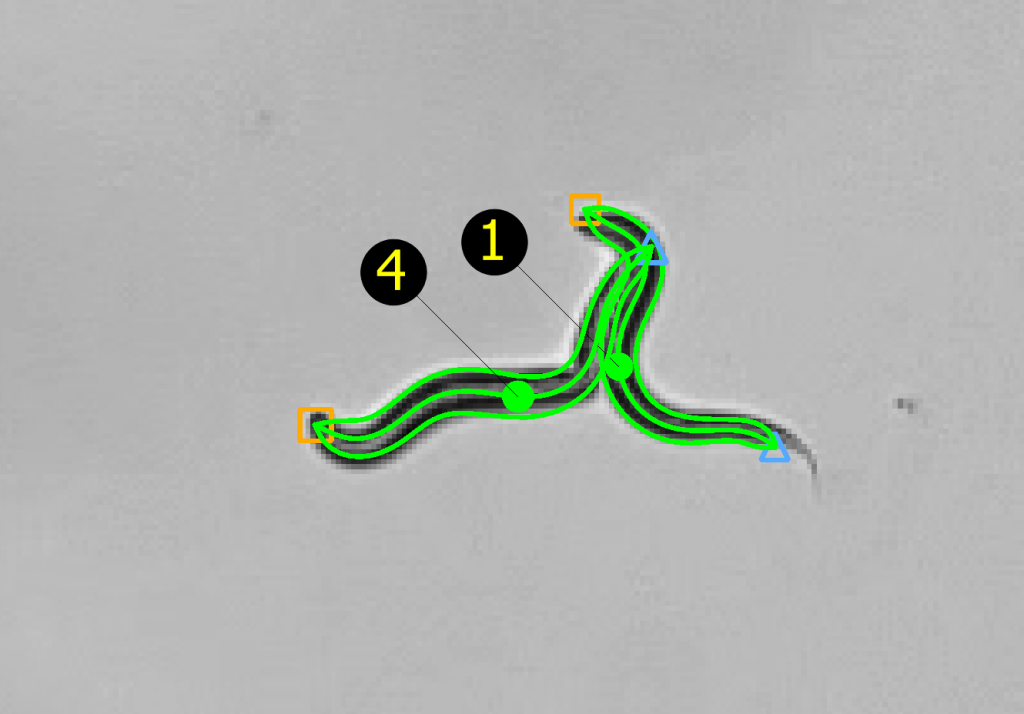
Researchers use WormLab to reveal that nicotine addiction is heritable in C. elegans
Smokers aren’t only hurting themselves, they’re also hurting their children and grandchildren. So says a study published last month in the EXCLI Journal.
Scientists at East Carolina University, in Greenville, North Carolina saw unusual behavior in C. elegans roundworms exposed to nicotine at an early stage of development. But that’s not all – the researchers also witnessed abnormal behavior and withdrawal symptoms in subsequent generations of worms even though these groups were not directly exposed to nicotine.
In their study, the researchers focused on three generations of C. elegans, which, because of their similarity to humans on a cellular, neural, and developmental level, make an excellent model organism for biological study. The first generation, the only one directly exposed to nicotine, was divided into three groups: the control group (no nicotine), the low dose group (20 μm); and the high dose group (20 mM).
Using WormLab to analyze videos of each of the nine groups of worms, the researchers measured key behaviors like omega bends, reversals, and backward and forward movements. Armed with a set of data points generated by the software, they discovered that the effect of nicotine on locomotion, dynamic body movements, and speed has a transgenerational impact in C. elegans.
One of the most significant differences between the three treatment groups was the high number of omega bends observed in the high-dose group. Though this behavior decreased with subsequent generations, the levels remained much higher than in control and low-dose populations.
Other observations, like vigorous bending and faster forward and backward speeds in both the low-dose and high-dose third generation groups compared to controls, led the scientists to speculate that speed may be a symptom of withdrawal.
“The hyperactive behavior can be reflective of craving or uneasiness in worms as they are no longer getting their addicting and satisfying nicotine dose,” they say in their paper.
But they also say that nicotine’s effects lessen with subsequent generations, explaining that second and third generations moved more, displaying less of the “paralyzed” behavior they saw in the first generation nicotine-treated worms.
These changes in normal behavior, the researchers say, are the result of the drug’s affect on specific neurons such as the AVA neuron, which is involved in reversals, and the SMD, RIV, and SMB, neurons that play a role in the dynamics of omega bends.
“Our study is the first to reveal that nicotine addiction is heritable using C. elegans as a model organism,” the authors say. “These results underscored the sensitivity of early development stages, with hope to spread more awareness to encourage the avoidance of nicotine exposure, especially at a young age.”
Taki, A., Faten, Pan, Xiaoping, & Zhang, Baohong. (2013). Nicotine Exposure Caused Significant Transgenerational Heritable Behavioral Changes in Caenorhabditis Elegans. EXCLI journal, 1611-2156. doi: http://www.excli.de/vol12/Zhang_10092013_proof.pdf



